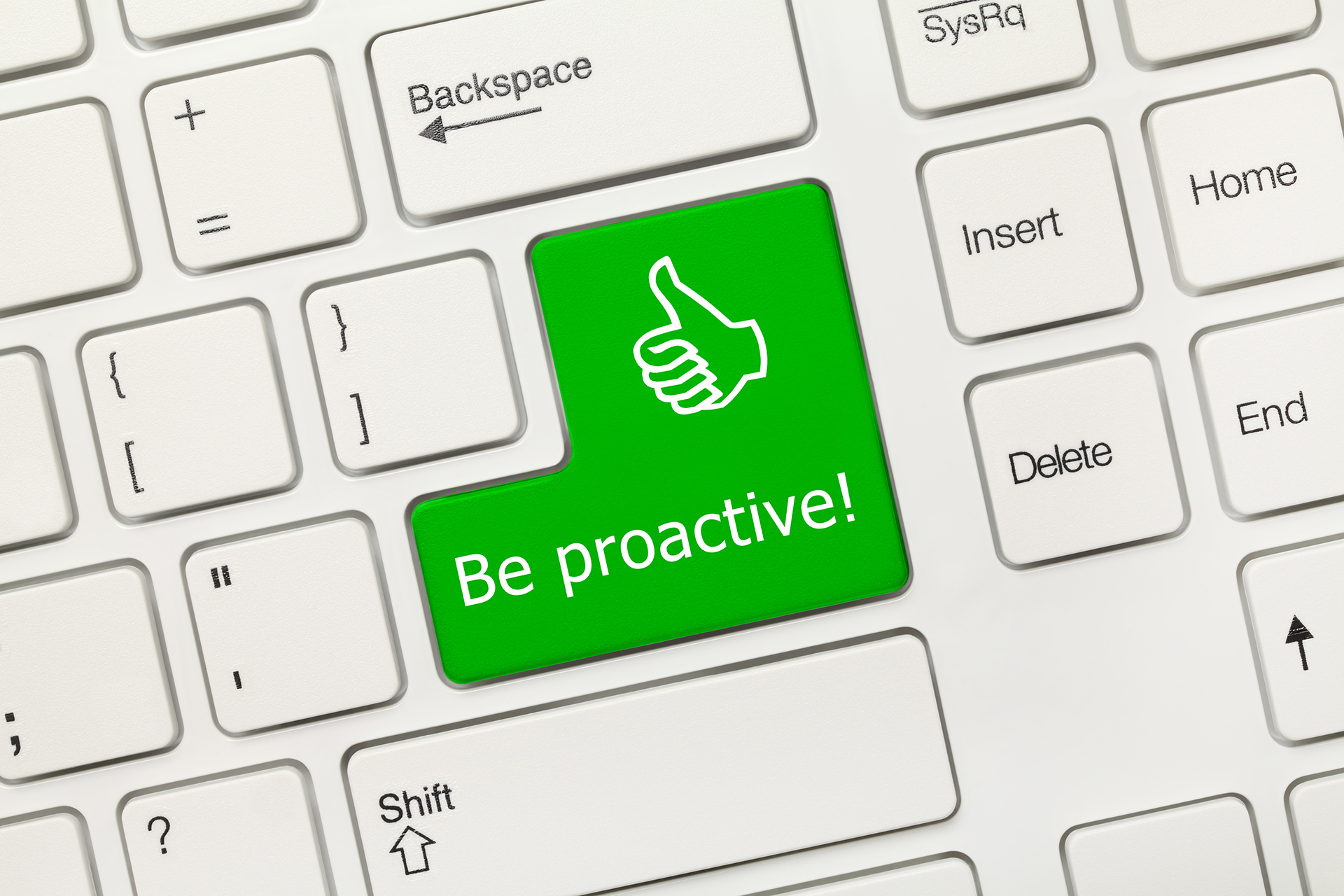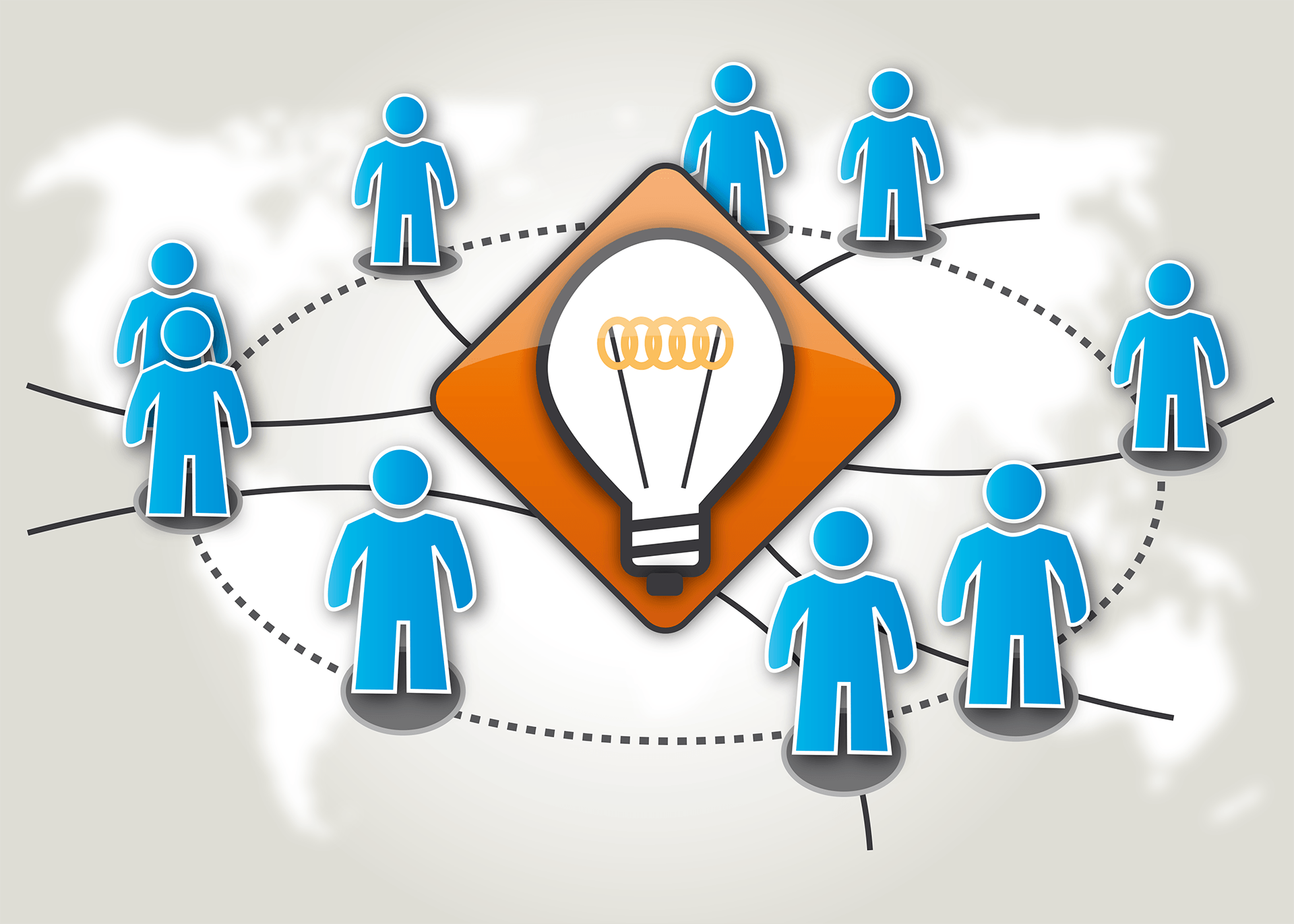We discuss automation and the role it is playing inside cyber security circles.
Continue readingWhy Proactive is Always a Better Strategy than Reactive.
The difference between being proactive and being reactive is huge. Today, we take a look at why.
Continue readingProductivity in the Age of Distraction
Let’s face it, we live distracted lives. More people than ever have difficulty focusing on tasks due to the prevalence of continuous distractions. Whether the distractions are self-inflicted or not,workers today have to develop a strategy to ensure they are able to be as productive as they need to be.
Today, we’ll look at some of the biggest distractions for employees in the workplace, and how people stay productive.
The Reality
Everything about the modern workplace is continually changing. These shifts throw off a great many people. Since the way we work and the manner in which we carry ourselves has changed a lot recently,new strategies have to be considered to keep the myriad of distractions from affecting our productivity.
If we were to take a look at some of the most wasteful problems, we first have to look at the things that employers are doing that are exacerbating their employees’ tendency to let their minds wander. The major problem for many employees is that today’s businesses have largely started utilizing an open office method.
This strategy is utilized both to reduce overhead costs associated with housing a business as well as to boost employee collaboration. Surprisingly, this strategy often has the opposite effect. Employees are often found complaining about the constant distractions that come with the open office. This results in them feeling stressed out and unmotivated, leading to bad feeling about their jobs, and more importantly,themselves.
One question to be asked is: does this happen because they haven’t been properly trained to thrive in a bustling workplace?According to a poll conducted by Udemy, 66 percent of responders say so. If your staff is constantly dealing with distractions that sap their ability to be productive, a good strategy would be to try and ascertain what exactly the underlying problems are and attempt to find solutions.
Some say it’s the constant noise, some suggest it’s the proximity to other people, but the most popular answer is that companies are utilizing too much technology that they don’t have a grasp on. Ironic that the systems that businesses put in place to keep operations working efficiently are a large part of why most unproductive workers are falling off the pace.
Staying Social
Even the people that can get over working directly alongside other people, are finding that there are more opportunities to be distracted. With around-the-clock access to their social accounts, many people take advantage of the business’ Wi-Fi for access.
Even if the business has been proactive and has put in a content filter and a comprehensive mobile device management platform that is piggybacked with a thorough Bring Your Own Device (BYOD) strategy, limiting a user’s ability to access social media may actually backfire on you.
Unfortunately, some employees don’t appreciate that you are trying to protect the network they depend on from outside threats, and only look on this strategy as something that is put in place to keep them from distracting themselves. Advocates for social media all cite the importance of it for marketing purposes, but if someone is compulsively checking how many likes their latest selfie got it is almost assuredly cutting into their ability to be productive.
Distracted Staff
People tend to overestimate their ability to recover from interruptions, even if they are minute. Most people take upwards of a half hour to return to focus after they have dealt with an interruption, more if the interruption happens midday. Post-lunchtime lulls in productivity are normal, but avoiding becoming so distracted that productivity effectively stops can be a major problem for businesses.
One problem that comes from major breaks in focus is that employees tend to try and compensate. They feel more pressure to produce, so they’ll work faster, building frustration and the stress that comes with it. A stressed-out worker is naturally less productive than one that is calm and collected.
In fact, it cuts even deeper. It’s shown that while people don’t appreciate being distracted when they are trying to be productive, it has a very negative effect on employee morale. According to Udemy, 34 percent of workers like their jobs less if they are constantly distracted, while 22 percent believe that pervasive distractions keep them from regular professional advancement.
One place that most employees consider a distraction is the meeting. Meetings are necessary, of course, but since many meetings tend to run long because they themselves get inundated by distractions, it can leave the staff of a company frustrated, or with not enough time to actually get something noteworthy accomplished.
Strategies for Improvement
One of the best ways for any organization to foster a culture of productivity is to create what is known as a learning culture. To do this, regular training can be provided that is aimed to get people prepared to deal with the would-be distractions that they’ll find day-in and day-out inside a business.
This could just be as simple as identifying possible distractions and giving people some tips on how to get over them. Some examples include:
- Too much noise – If there is just too much noise going on in your office, put on headphones. Whether you are listening to anything or not, people distract people wearing headphones less than if they aren’t wearing headphones.
- Smartphone access – One of he biggest distractions is the little computer that fits in your pocket. It’s because it is configured to your life, so even if it is completely streamlined, it is still a distraction from productivity. Turn off the notifications when you can,or leave your phone someplace where it isn’t in your eye line. You know what they say, out of sight, out of mind.
- Co-worker interactions – Much of the time it’s fine for your contemporaries to engage you in chit-chat, but when you are trying to be productive and you get interrupted, it can be very frustrating. The best remedy for this is to send very strong signals to get them to understand you’re not interested in conversing at that moment.
- Hunger – By midday most people absolutely need to eat. If you are in the zone and hunger comes knocking your best bet is to go ahead and eat and hope to get back at it quickly.
There are literally dozens of reasons for why you get distracted, but if you can return to focus quickly, more will get done. If you want to talk to one of our business professionals about how to utilize IT to keep your productivity up, call WheelHouse IT’s technicians at (877) 771-2384.
Tip of the Week: Prioritizing Tasks for Better Productivity
Prioritizing tasks is one of the hardest parts of being a business owner. Countless tasks will pile up every hour of the day,and you might be lost trying to figure out how to proceed. Thankfully, you have us to offer you some strategies to approach your workday and be more productive with your time. Let’s get started!
Eliminate Non-Starters
It stands to reason that if you can’t work on one particular task, then it shouldn’t even be on the docket. You should betaking steps to address tasks that can be completed. This keeps tasks from piling up and progress at an all-time high. Once you’ve determined which tasks can be removed from your to-do list, either because it’s not time to work on them, or you don’t have the resources to actually complete them at this time,you can remove them from your list with the intention of following up on them at a later date.
Rank Your Tasks by Importance and Urgency
Some tasks you might put off simply because you don’t want to do them, or they don’t need to be done this instant. While this might seem like procrastination, it’s reasonable to take into account the urgency of the task, as not everything is important. After all, if every task is a priority, then none of them are the priority. For the tasks with an important time frame, just resist the urge to push it back as hard as you can. This will help keep you from missing a deadline.
Determine a Task’s Value
If an item will deliver the greatest benefit to your business as a whole, then perhaps it’s important to think about it with greater urgency. This is particularly the case for client or customer satisfaction. On the other hand, you need to consider tasks that will have a major fallout if they aren’t completed on-time. If you can compare each of these and weigh their importance, you can make sure that all important tasks are accomplished when they need to be.
What Does the Boss Want?
If the higher-ups in your organization set something as a priority, chances are you should consider it a priority as well.They want things done in a certain way, so it’s your responsibility to assist them with it in any way you can. However, their word isn’t the end-all-be-all. If you see something that could be improved or a process that could benefit your organization, at least bring it up. You have nothing to lose. If the decision benefits the consumer, then there is a greater chance of the decision pushing past the executive level.
What Are You Ready to Do?
You’re not a machine; you’re a human, and as a human you can only accomplish so much on any given day. Remember your limits and try to adopt a workflow that lets you get as much done as you can without going over your limits. It’s also critical that you keep in mind some tasks will inevitably crop up and throw a wrench in your productivity, so be prepared to adjust your workday’s tasks according to priority. Start with what you’re ready to accomplish and go from there.
WheelHouse IT can equip your business with technology designed to help you be more productive. To learn more, reach out to us at (877) 771-2384.
By Reducing Human Error Companies Gain Efficiency
Mistakes happen. This is part of doing business with other people, as well as relying on them to make sure tasks are accomplished in a timely manner. If you want to reduce the amount of user error that your organization suffers from, you unfortunately have to assume the worst–that any user will inevitably cause a problem if it’s not addressed properly beforehand.
Thankfully, we have some measures you can consider so as not to create unnecessary issues for yourself. Here are three tips for reducing human error in the workplace.
Provide Adequate Training
This isn’t really a world-changing revelation, but if you train your employees about best practices and give them the training they need to get their jobs done properly the first time, you’ll encounter a lot less user error overall. This includes having clear processes outlined for more intensive tasks, as well as an established policy and workflow for identifying potential spam or phishing emails in your inbox.
Limit User Permissions
Depending on a user’s role within your organization, you’ll want to limit their permissions whenever possible. This is simply a preventative measure to ensure that nobody who has no business having access to specific information on the network can change its location or make edits to it.
This is also considered a solid security practice, as the fewer permissions a user has on their account, the less damage can be done by a hacker or security threat if they were to somehow gain access to it.
“Crowdsource” to Other Employees
What’s better than one mind working on a project or issue? Multiple minds working on a project or issue.
If you want to keep mistakes from happening before a project is completed, you can use the collective mind of your workforce to ensure that any potential issues are cleared up before it’s released. Think of it like a beta testing process–if you identify issues before something goes out, you prevent that human error from costing you revenue in the form of lost sales or lost customers.
Do you want to reduce human error in the workplace? WheelHouse IT can help by offering comprehensive network security and productivity solutions designed to both keep your network safe and augment your workforce’s ability to work together toward a common goal.
To learn more, reach out to us at (877) 771-2384.











